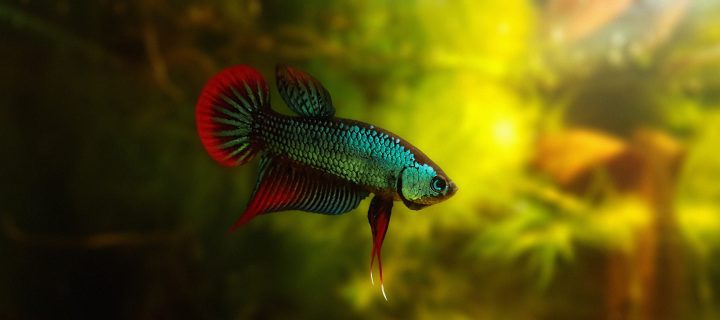Swimming robot from NYU interacts with its surroundings to actively avoid obstacles and learn on its own.
Benefits
- Dynamic
- Responsive
Applications
- Remote operated vehicles
- Search and rescue
- Artificial intelligence
UN Sustainable Development Goals Addressed
-

Goal 9: Industry Innovation & Infrastructure
The Challenge
Common robots operate on open-loop control systems that enable them to perform a predetermined set of activities. The robot operates on its own, but it does not respond to environmental stimuli, which increase malfunctions and decrease synergy with its surroundings.
Innovation Details
The swimming robot is 3D-printed in the same shape as an actual zebrafish. It is programmed with a closed-loop control system based on experimental data collected from live zebrafish. This system allows the robot to act on its own and interact with real zebrafish in such a realistic manner that the fish don’t realize there’s a robot in their midst.
Biomimicry Story
As fish swim in schools, they give off many signals to each other to coordinate their movement. For example, some fish vibrate their fins in subtle ways to warn of danger. Other fish use reflecting light off their scales to signal a change in direction.





